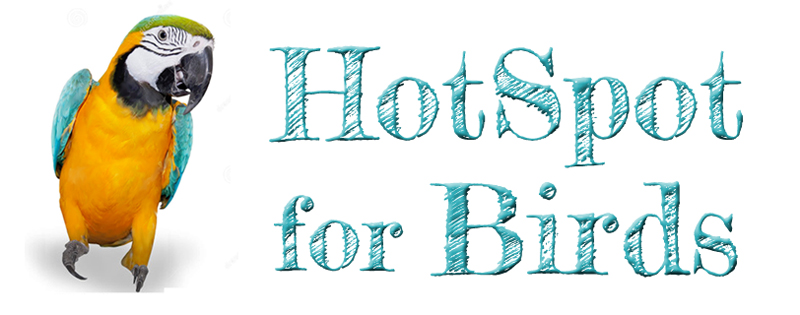by Hannis L. Stoddard, III, DVM
PDD was first recognized in macaws by Dr. H. L. Stoddard III in 1978. The condition was initially called "macaw wasting syndrome" and is also known as "psittacine wasting syndrome " or "neuropathic gastric dilation". Proventricular dilatation disease can occur in any psittacine but the most common birds affected are macaws, cockatoos and conures.
Cause
PDD is caused by a virus that progressively destroys the nerve supply to the proventriculus (forestomach), ventriculus (gizzard), and portions of the small intestines. As a result of the damage, birds are unable to digest their food properly. As food stays in the digestive tract bacteria accumulates and increases the chances of infection with other organisms. In some birds with PDD, the severely dilated thin wall of the proventriculus may rupture, resulting in the movement of the food into the abdominal cavity causing severe infection which many times leads to death.
Clinical Signs and Diagnosist
Signs suggestive of PDD include weight loss over a period of weeks to months despite a good appetite, passage of undigested food, vomiting, neurological signs, abdominal distention and impaction of the crop. All of these signs may or may not be present. Although PDD is considered to be a fatal illness, this disease can persist for months. Diagnosis of PDD is done by taking a biopsy of the proventriculus. Unfortunately these biopsies are done many times after the bird dies . In some rare cases biopsy of the crop can be done to diagnose PDD. Radiographs can reveal enlarged proventriculus in adult birds which can be highly suggestive of PDD. A contrast study can determine the time it takes for food to pass from the crop through the rest the digestive tract. Many times in birds with PDD, the contrast material is delayed and hours later the ingesta is still retained in the crop.
Incubation and Transmission
At the present time the mode of transmission has not been established. It has been thought that the incubation may be as long as eight years but there has been cases of acute outbreaks which suggest that there is a shorter incubation period. In some cases several birds in an aviary may show clinical signs while in other cases a single bird in a breeding pair may die, with no subsequent losses in the aviary even four or five years later. It is common for many birds exposed directly or indirectly to an affected bird to remain asymptomatic. PDD has been detected in birds as young as ten weeks of age.
Treatment and Control
There is no treatment for PDD at this time. Control and prevention of PDD will require confirmation of the cause of the disease. Exposed birds should be isolated and preferably housed in single bird families.
|
Please Give Us a Link
If you found our site to be useful, please link our website to yours. We really appreciate any help we can get in making our avian health and safety articles readily available. |
Contact Information

|
||||||||||
|
